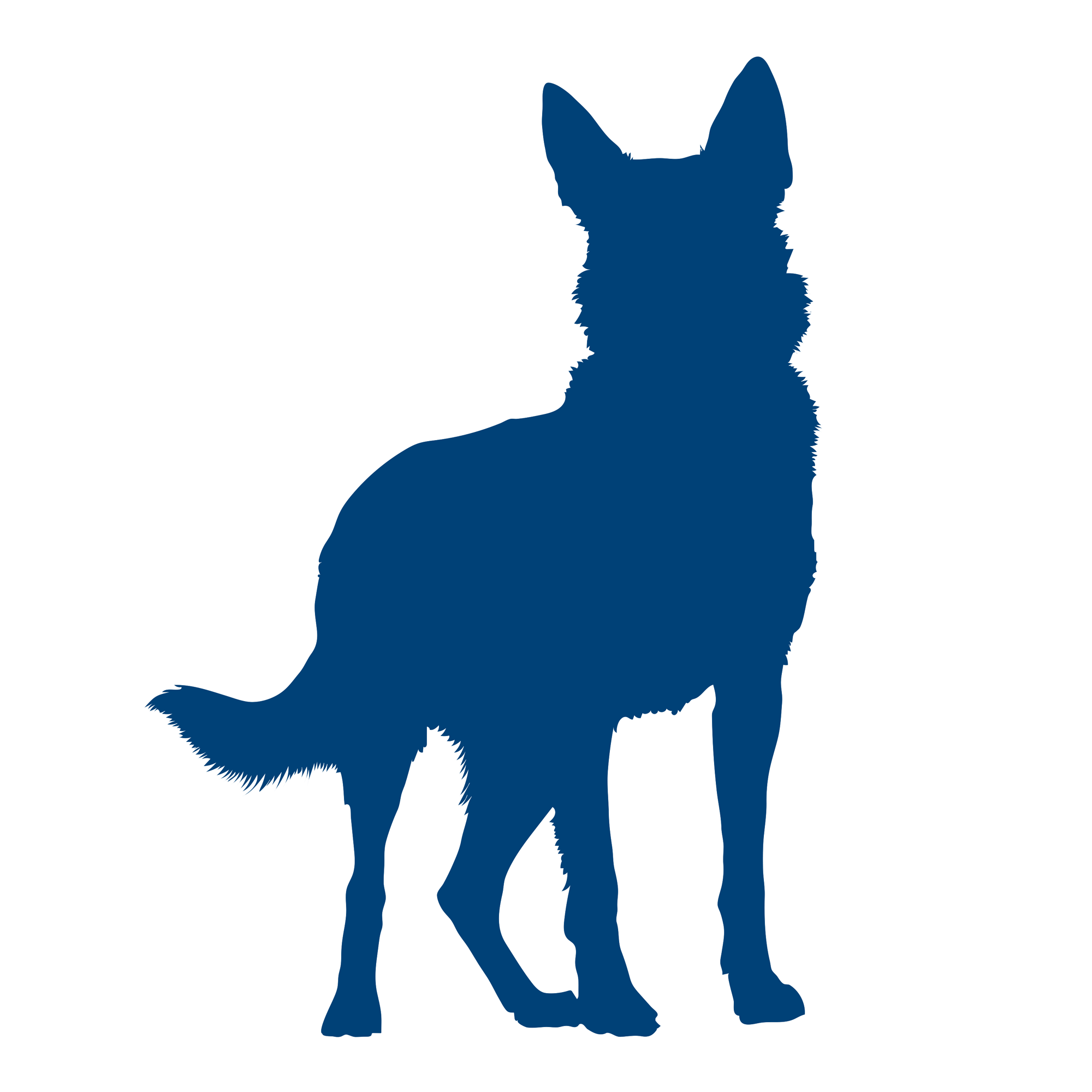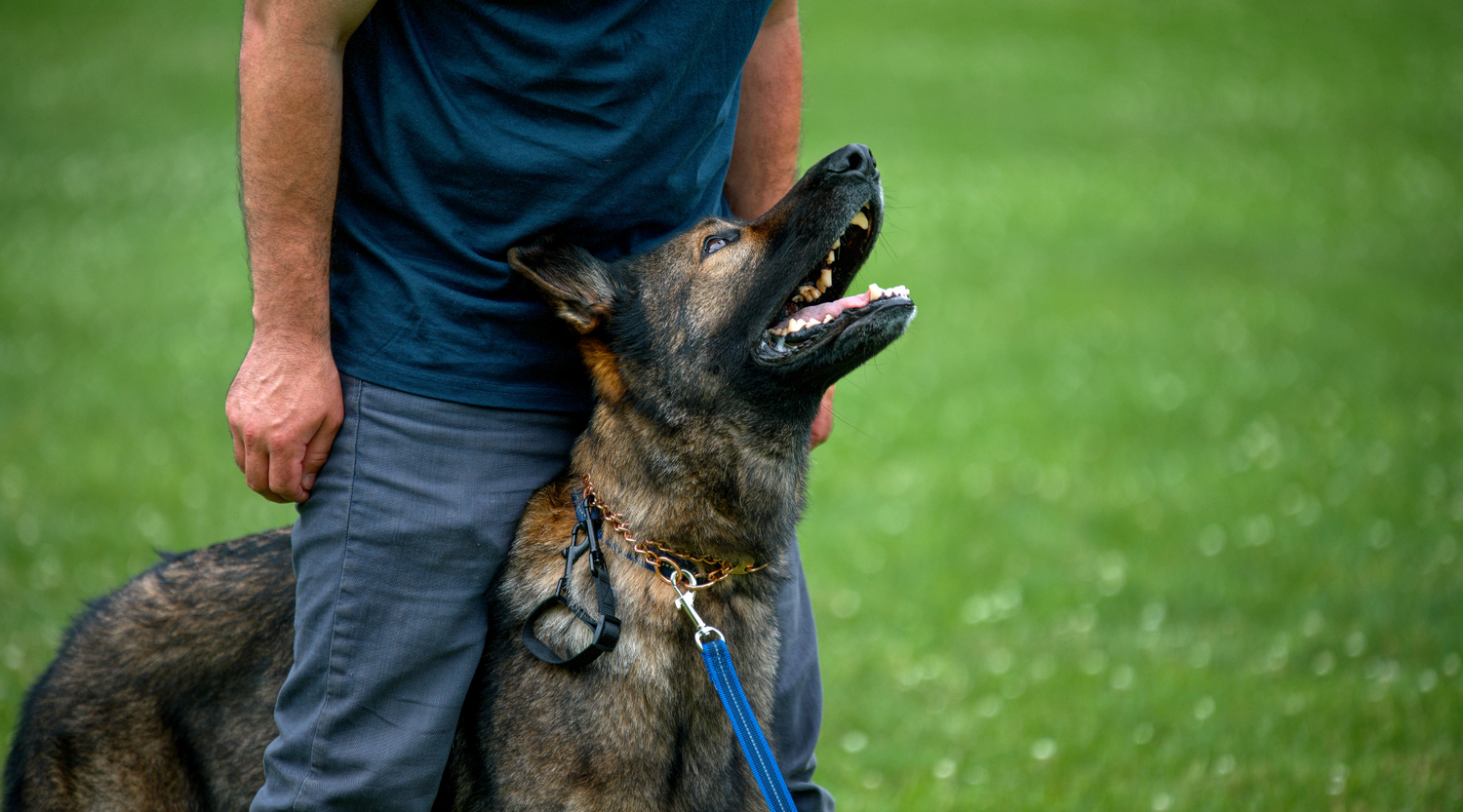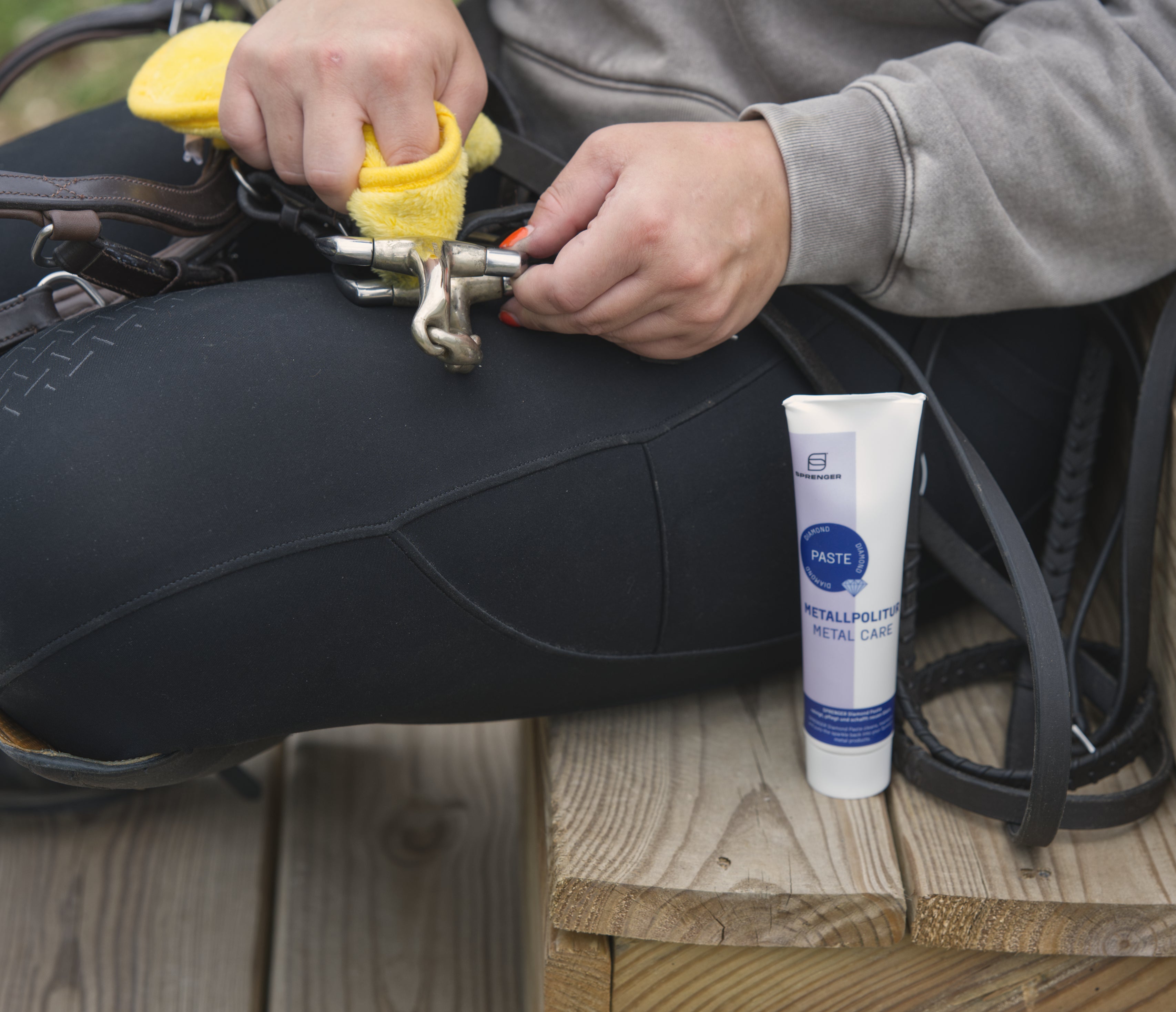Prong Collar Safety: A Guide for Dog Owners
If you’re new to using a prong collar for dog training, you probably have some safety concerns. Many people worry about hurting their dogs due to improper use or low-quality collars. In this blog post, we’ll cover how to safely walk and train with a prong collar, as well as key considerations when it comes to your training set-up.How to Properly Use a Prong Collar
Prong collars are training tools, not something you should leave on your dog all the time.Using the right tool is important, but knowing how to use it properly is just as crucial. That’s why we recommend working with experienced trainers. The Herm Sprenger Canine Trainer Certification program can help you find one!
To effectively train with a prong collar, keep these three things in mind:
1. Choose the right prong collar for your dog: This includes the wire gauge, size, and style.
2. Fit the collar correctly: It should sit snugly right behind your dog's ears.
3. Use correct signals and corrections: Only use the collar during training, and take it off when you’re done.
Setting Up Your Prong Collar
Setting up your prong collar isn’t about looking good; it’s about safety—for you, your dog, and others.If you’re wondering, “How do I use a prong collar as a beginner?” here’s a simple setup we recommend:
- A Herm Sprenger prong collar
- A flat collar or chain collar as a backup
- A safety clip or coupling strap
- A high-quality leash suitable for walking or training
If you’re not sure which prong collar you need, don’t hesitate to reach out with your questions. Our experienced customer service team is here to help! It’s also a good idea to consult an experienced trainer to help you choose and fit the collar correctly.
Why Use a Backup Collar?
You might think, “My dog is already wearing a prong collar. Why do I need another collar?” The answer is simple: safety.If your prong collar doesn’t have a quick-release mechanism, there’s a risk of it accidentally opening. This can happen over time, especially if you frequently bend the links to put the collar on or take it off. If your dog gets loose while you’re out walking, it could lead to dangerous situations for your pet, cars, or other pedestrians.
Other factors that can cause a prong collar to break or open include:
- Incorrect wire gauge: Some owners use a 2.25 mm prong for larger dogs, which can wear out the links faster and increase the risk of a prong snapping or bending. For those wanting a sturdier option, we recommend our 3 mm prong collar with short links.
- Age of the collar: Regular wear and tear can happen, so check your prong collar often and replace it when needed.
- Assembly issues: When adjusting your prong collar, ensure all links are properly secured to avoid accidental openings.
We recommend that each dog in a multi-dog household have their own prong collar to minimize adjustment risks.
3 Ways to Back Up a Prong Collar
Now that you understand the importance of a backup collar, let’s look at how to use it effectively. Here are three common setups:1. Safety Clip Between the Prong and Backup Collar
A safety clip is a handy tool that connects your prong collar to the backup collar. Simply attach one end of the safety clip to the prong collar and the other to the backup collar. Make sure to connect the safety clip to the second O-ring on the backup collar, not the one you use for the leash. This keeps your signals clear for your dog.
2. Safety Clip Between Leash and Backup Collar
For a setup where the prong collar isn’t in line with the leash, connect one end of the safety clip to the backup collar and the other end to the leash clip. This way, if the prong collar opens, it won’t be between the backup collar and the leash, allowing the prong to hang free and making it easy to remove.

3. Prong Collar Coupling Strap
Instead of a safety clip, you can use a coupling strap. This is similar but usually longer and includes an extra ring in the middle. Attach one end to the prong collar and the other to the backup collar. Clip your leash to the strap’s ring. This method gives you a direct connection to both collars, making it easy to use the prong collar as needed without frequent adjustments.

By following these guidelines, you can safely and effectively use a prong collar for your dog training needs. If you have any questions, feel free to ask! You can chat directly with our team via our LiveChat M-F 10am-4pm EST or reach us via email at customerservice@hermsprengerusa.com





